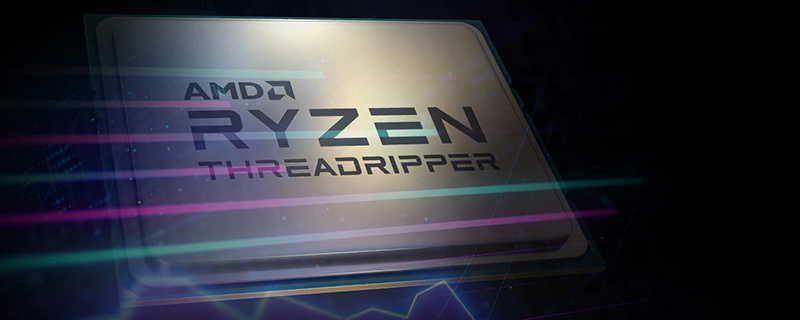AMD 3rd Generation Ryzen Threadripper TR 3960X Review
Introduction
It is probably fair to say that for a long time Intel held all the aces when it came to processors. They had the fastest gaming performance, the fastest creation performance, and they used their utterly dominant market position to keep prices at a certain level.
The introduction of the hugely successful AMD Ryzen Threadripper CPUs, and indeed the plain Ryzen CPUs, changed all that. Not only did AMD retain their supremely attractive price points that have been a feature of their product range since the days of the Thunderbird CPUs, but they managed to smash the performance out of the park. The Threadripper had more cores and in those heavy creative tasks – video and photo editing as well as rendering workflows – those cores had a significant effect. Even if you’re such an Intel fanboy that you can’t even consider an AMD system, you’ll reap the rewards anyway as you can see from the heavily reduced pricing Intel have had to adopt.
If we had to choose one element that particularly stood out to us, price and performance aside, it was the user-friendly nature. For the longest time if you wished to have eye-popping core counts you had to invest in the Xeon architecture which was many things, but desktop friendly was never one. The Threadripper was just as happy on the end of your desk as a gaming machine as it was converting your gaming into a streamable format.
There are two new entries into the Threadripper lineup. First we have the model in for review today, the TR 3960X. A 24 core, 48 thread beast that can turbo up to 4.5 GHz. If that doesn’t quench your thirst for enormous productivity scores then the TR 3970X has 32C/64T. It’s a times like this that you have to take a step back and think how far we’ve come. Quad cores are still the norm, although hexcore and octacore processors are available. These beasts have the kind of numbers usually associated with enterprise level solutions. For the desktop. Under £2000.
You still get the 7nm process of the latest 3rd Generation Zen 2 architecture. You still get the improved single threaded performance that we’ve seen from the latest Agesa updates. It threatens to be the ultimate HEDT setup. Of course that’s what we’re here to find out.
Technical Specifications
Naturally the core count and clock speed are the headline items, but the Threadripper has a couple of other aces up its sleeve which helps to impress. Like the 3rd Generation Ryzen CPUs the TRX40 platform has the PCI Express 4.0 specification. In this particular configuration that means 56 PCIe 4.0 lanes from the CPU as well as 16 from the chipset itself. Very nearly three times the concurrent bandwidth of the PCI Express 3.0 PCH from Intel. Given the environment that the Threadripper is likely to work uses masses of storage that really makes a difference as you increase the number of connected devices, without taking into account how much more bandwidth is available to your GPU and M.2 drives out of the gate. Anyone who has tried to populate all their SATA and M.2 ports as well as a GPU or two will understand how quickly the PCI Express 3.0 runs out of puff.
| Â | AMD Threadripper 3960X | AMD Threadripper 3970X |
| Cores/Threads | 24/48 | 32/64 |
| Boost/Base | 4.5 GHz / 3.8 GHz | 4.5 GHz / 3.7 GHz |
| Cache | 140MB L2+L3 | 144MB L2+L3 |
| TDP | 280W | 280W |
| CCD Configuration | 4x 6 core CCD | 4x 8 Core CCD |
| Transistor Count | 3.9 billion CCD/8.34 billion IOD | 3.9 billion CCD/8.34 billion IOD |
| Die Size | 74mm2 per CCD | 74mm2 per CCD |
| Lithography | 7nm | 7nm |
| Socket | sTRX4 (LGA 4094) | sTRX4 (LGA 4094) |
| Chipset | AMD TRX40 | AMD TRX40 |
| Architecture | AMD Zen 2 | AMD Zen 2 |
| Power Infrastructure | 280W PPT, 300A EDC, 215A TDC | 280W PPT, 300A EDC, 215A TDC |



